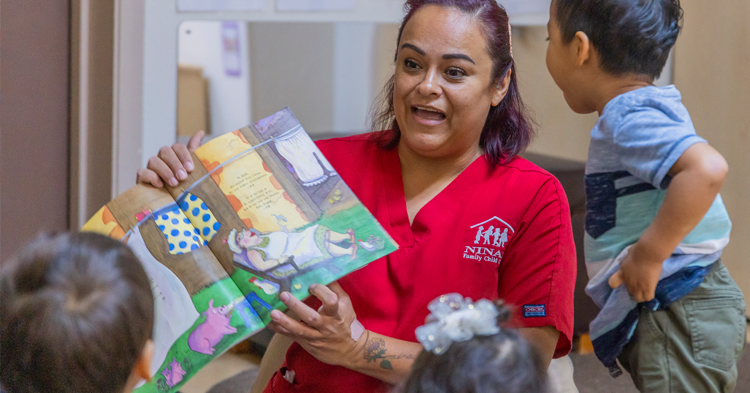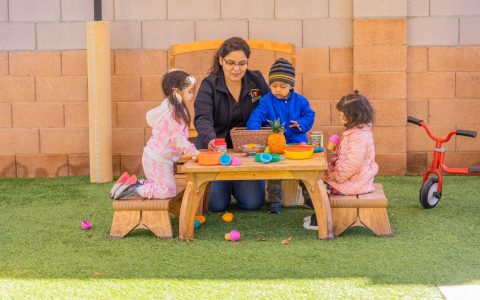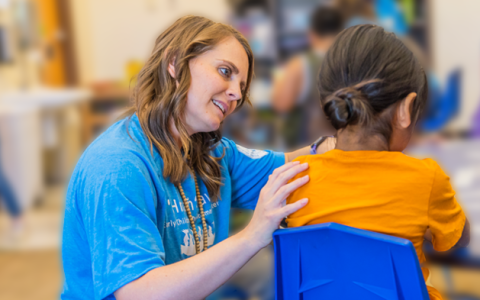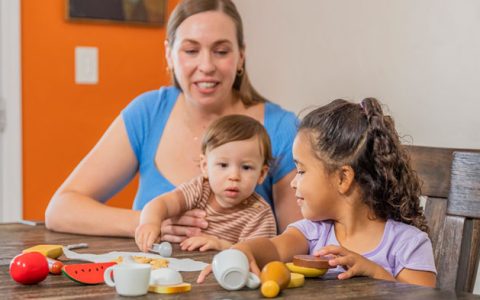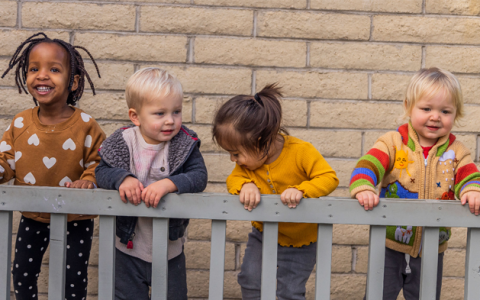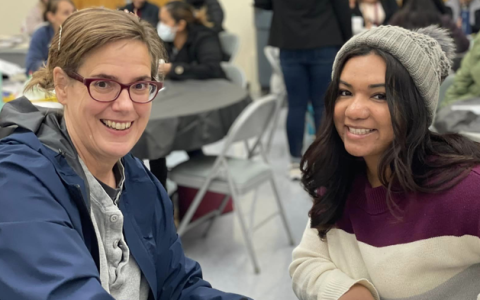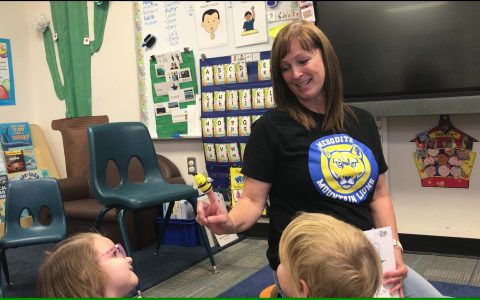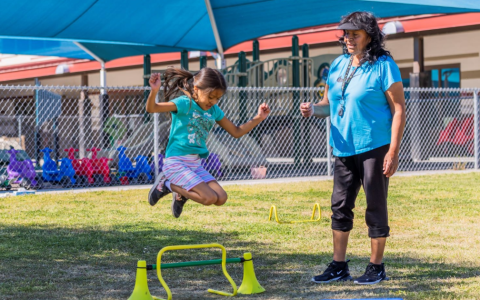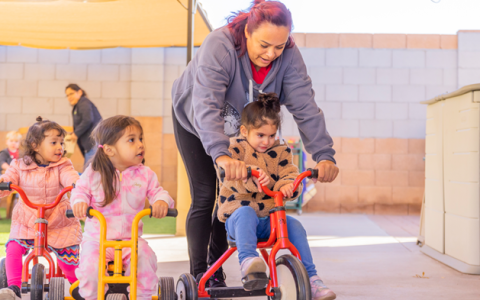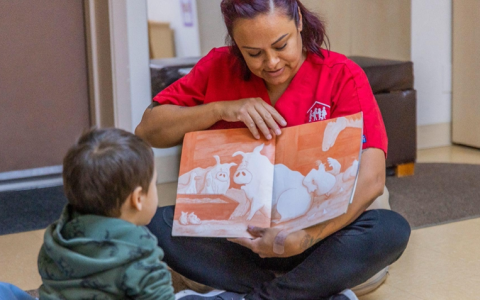Blog de Quality First, Consejos e Inspiración
La inspiración y los recursos gratuitos son un extra. Ayudarte es precisamente lo que hacemos. Consulta los últimos blogs, consejos e investigaciones sobre cómo brindar una atención de la más alta calidad y mejorar tu entorno de aprendizaje temprano.
Para recibir inspiración directamente en su bandeja de entrada, suscríbase hoy mismo a nuestro boletín.
VER TODOS
Como líder de un programa de educación infantil, usted es consciente de la importancia del marketing para la sostenibilidad y el impacto de su programa. Un marketing eficaz da a conocer su programa y lo que lo hace único, ayudándole a llegar a nuevas familias y a atender a más niños. ¿Tiene su programa una fuerte presencia en Internet? Las herramientas de marketing digital le ayudan a llegar a las familias allí donde
El marketing es una herramienta crucial para ayudarle a destacar en su comunidad y mostrar lo que hace que su programa sea único. Un marketing eficaz puede aumentar las inscripciones y ampliar su impacto en los niños y las familias de su comunidad. Los materiales de marketing físicos proporcionan una conexión tangible con su público, haciendo que su marca sea más memorable y atractiva. En
Cuatro consejos que le ayudarán a dar una cálida bienvenida a los nuevos niños y a sus familias en su centro de educación infantil.
Las comidas de tipo familiar se consideran una buena práctica cuando se come con niños de todas las edades en centros de cuidado infantil.
¿Sabía que el Día de Reconocimiento a los Proveedores de Cuidado Infantil es el viernes 10 de mayo de 2024? Este día nacional se celebra el viernes anterior al Día de la Madre, y está diseñado para reconocer a los educadores tempranos, proveedores familiares de cuidado infantil y cuidadores de niños pequeños. Como líder de un programa, ¿cómo reconocerá a los proveedores, maestros y personal de la primera infancia
Los responsables de la educación infantil saben lo importante que es el reconocimiento del personal para la moral y la retención. Cuando los profesores se sienten reconocidos, es más probable que permanezcan en sus puestos de trabajo, lo que a largo plazo tendrá un impacto aún mayor en los niños a su cargo. Hace poco nos pusimos al día con Reem Kievit, Directora de Escuelas Comunitarias y Programa Preescolar.
Mientras un grupo de niños de preescolar se reúnen en una alfombra, su profesora levanta una tarjeta con la letra D y dice: "Me pregunto qué pasaría si cambiáramos el primer sonido de nuestro nombre por el sonido D". Yo voy primero. En vez de Sra. Powers, sería "Sra...". Hace una pausa y
Un grupo de animados preescolares baila y se contonea al ritmo de la música mientras agita pañuelos de vivos colores. Para Andrea Williams y los niños de sus programas, es algo más que una forma divertida de moverse. Es una práctica pedagógica intencionada. Andrea Williams es la entrenadora de preescolar del programa Kid Space del Distrito Escolar Elemental de Washington.
Como educador infantil, probablemente ya conozca los beneficios del juego físico activo para los niños pequeños. (Si quiere saber más, consulte estos enlaces sobre los efectos potenciadores del cerebro y los beneficios sociales y emocionales del juego activo). Tanto si trabajas con bebés, niños pequeños o preescolares, tienes mucho trabajo por delante.
Tanto si trabajas con bebés, niños pequeños o preescolares, puedes compartir el placer de la lectura con los niños a tu cargo. Esto significa algo más que tener libros infantiles en su centro. No nos malinterprete, tener libros es importante, pero la forma de utilizarlos marca una gran diferencia. Cuentos positivos
